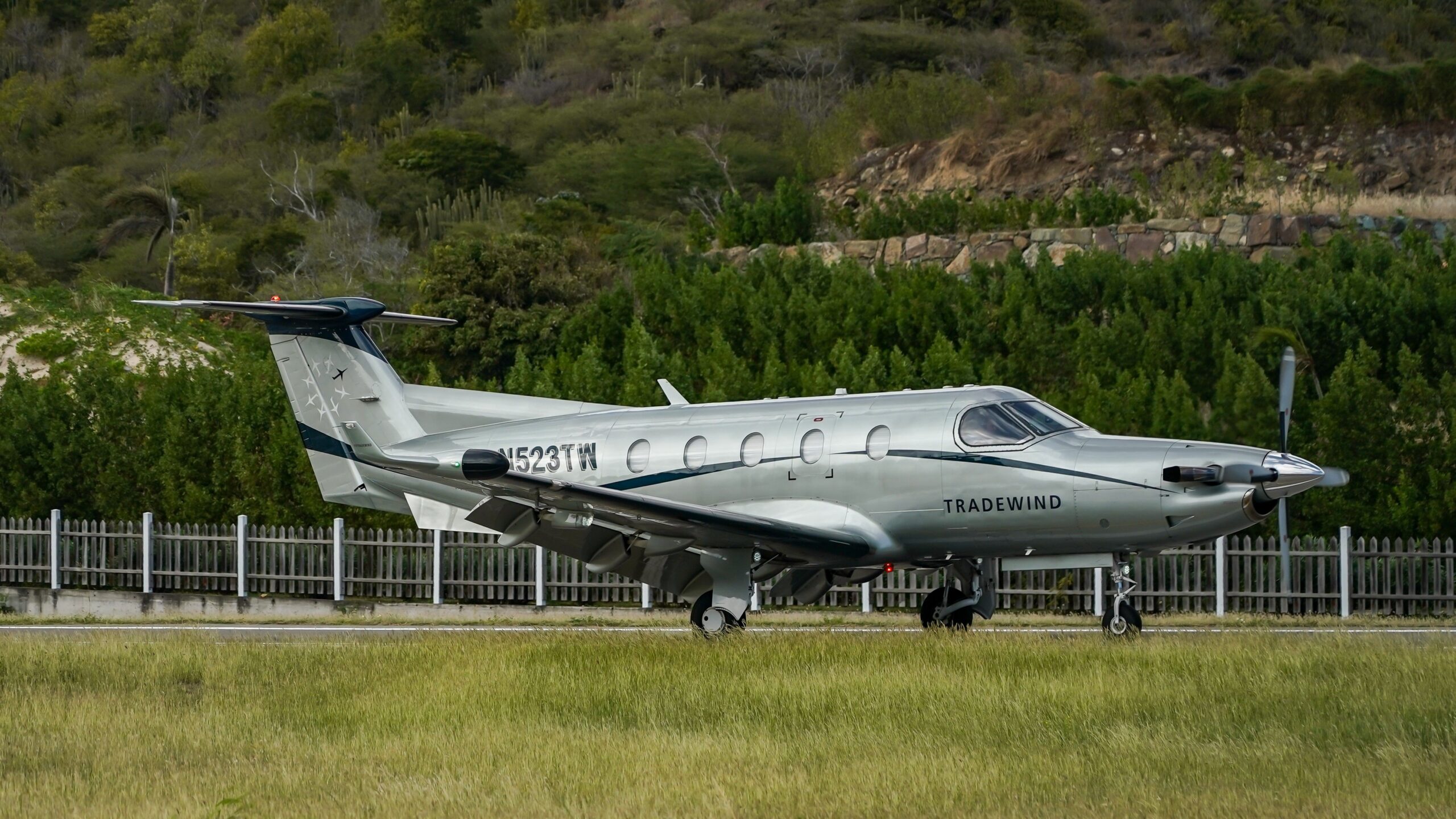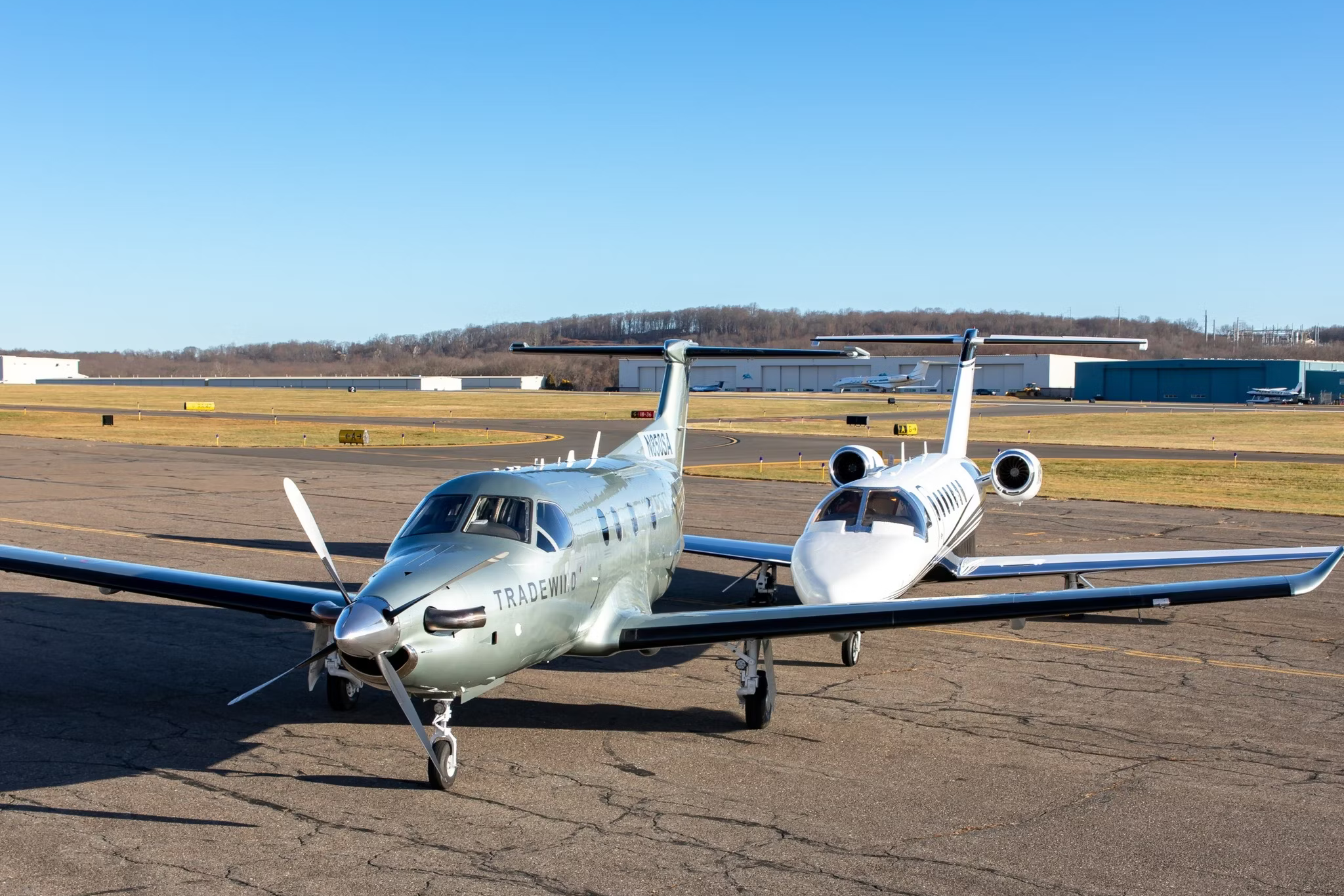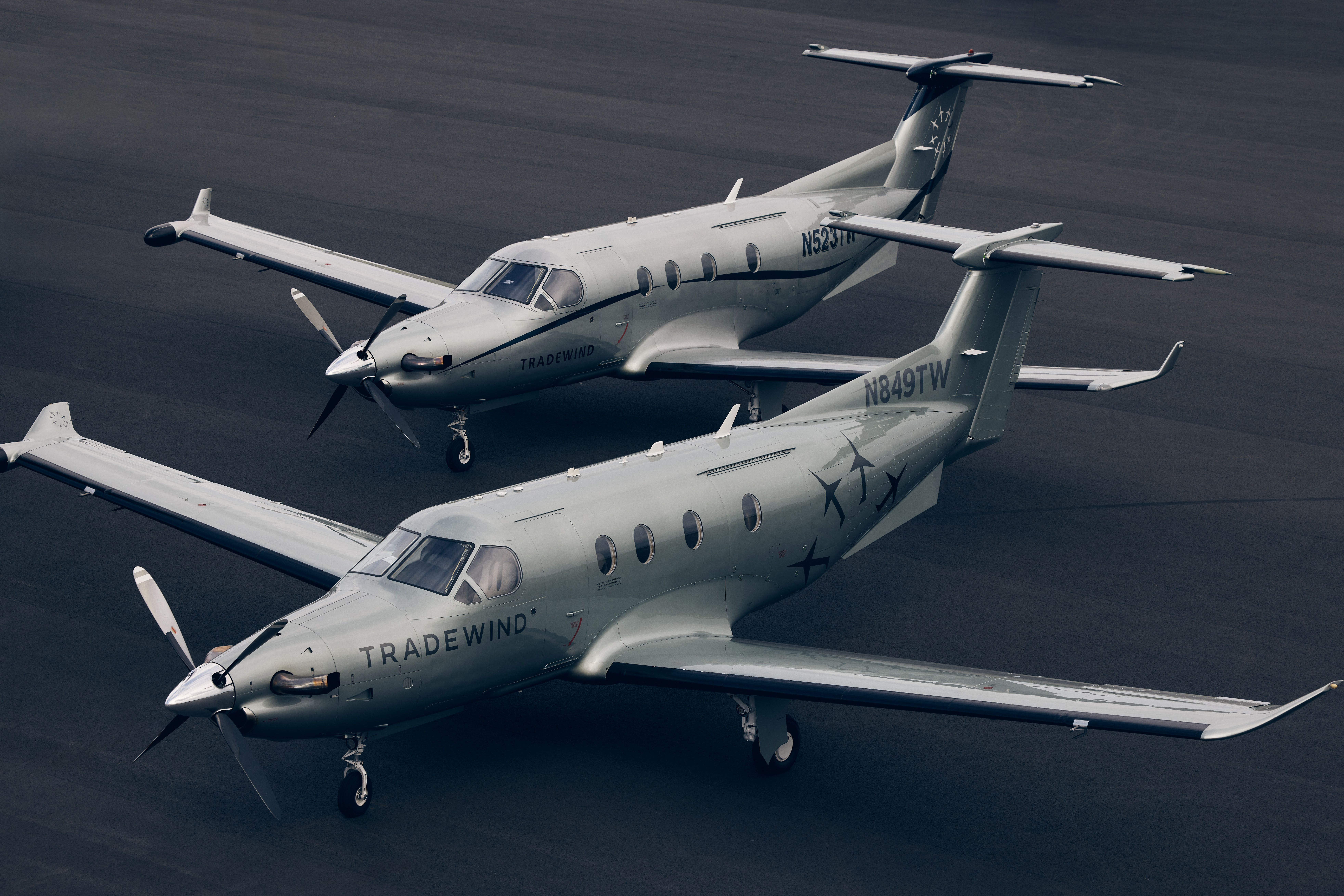Summary
- Flying privately offers flexibility in scheduling and route choice, not restricted by commercial flights.
- Private jets can access smaller airports, widening destination options for travelers.
- Tradewind Aviation offers unique charter flights to exclusive destinations with efficient turboprop aircraft.
Flying privately is one of the most unique experiences for most travelers. These travelers have the ability to fly whenever they choose and are, therefore, not restricted to scheduled commercial flights. Travelers who fly privately also have the ability to pick their unique route and are not forced to choose connecting flights.
Additionally, those who fly on private flights have a wider range of airports to choose from. Typically, private jets and other general aviation aircraft are much smaller than commercial airliners. This means that these aircraft can take off and land on shorter runways at smaller airports around the world compared to commercial airliners. This widens the range of available airports and typically allows travelers to arrive closer to their intended destination.
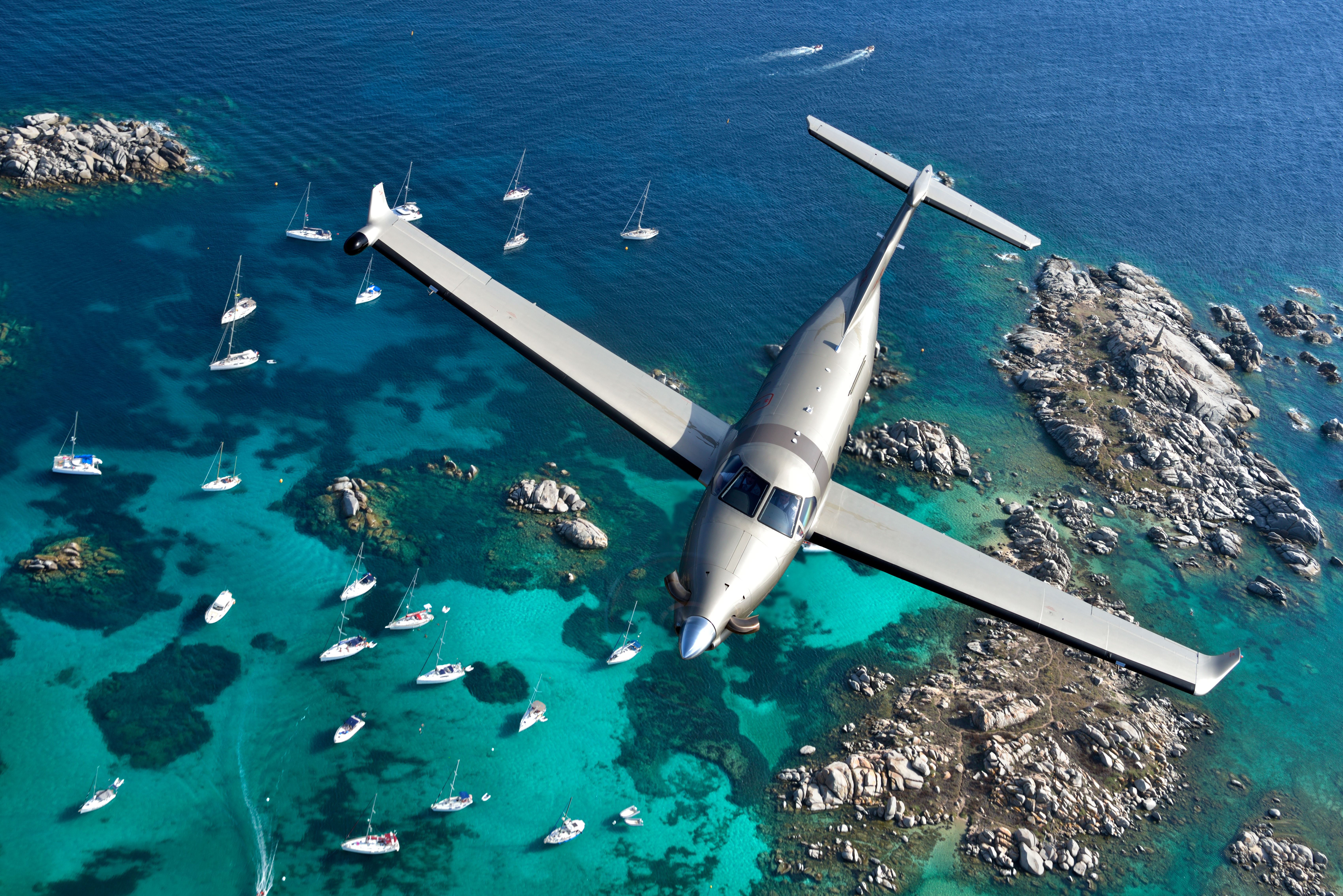
Related
Tradewind Aviation CEO Shares How Private Aviation Plans To Become More Sustainable
The charter airline founder chats emerging technologies and the single most significant step flyers can make at present to reduce emissions.
Some companies have taken advantage of the ability of smaller aircraft to fly privately and land at unique destinations. One of these companies is Tradewind Aviation. This Oxford, Connecticut-based company offers chartered flights throughout much of the Eastern United States, as well as shared charter scheduled flights to the island of Nantucket and Martha’s Vineyard, difficult destinations to reach, from the New York tri-state area. The company also operates in the Bahamas and the Caribbean, serving smaller airports at high-end destinations like St. Barths, Anguilla, the BVI, Eleuthera, and the Abacos.
The company has seen success operating in these unique destinations and continues to introduce new scheduled flights out of these smaller airports. Let’s take a closer look at how Tradewind Aviation began and at its unique business model, which includes offering private chartered flights and scheduled flights with similar aircraft.
The story of Tradewind Aviation
Tradewind Aviation has a unique story of its founding. The Zipkin brothers, David and Eric, founded the charter company in 2001. David and Eric were longtime aviation enthusiasts who grew up flying various aircraft with their father. The two passionate aviation enthusiasts wanted to find an area where they could implement the most change in the aviation industry, which led them to offer more efficient regional flights in the Northeastern United States.
The Zipkin brothers purchased a Cessna Caravan as their first aircraft for the company and later transitioned to the more modern and capable Pilatus PC-12. At the time, smaller turboprop aircraft were still not widely used in the charter industry. Existing charter companies typically use private jets, which can be costly, inefficient, and wasteful on shorter routes. They found that modern turboprops offer similar comfort as larger private jets for less cost to the client, and they decided to fly all flights with two fully qualified pilots to maintain the highest levels of safety.
After some time flying private charter flights, the two brothers noticed many of their customers were recurring and typically flew regularly from New York to Nantucket and other areas in the region where they owned property. This led to another expansion of the company, and Tradewind Aviation began offering scheduled flights connecting New York to Nantucket in 2003 and, later in 2006, to Martha’s Vineyard. Tradewind’s scheduled flights still operate from private terminals and fixed-base operators (FBOs), offering the convenience of a private charter.
Depending on their needs, customers could charter their aircraft or just fly on one of the frequently scheduled flights. During the COVID-19 pandemic, Tradewind Aviation began offering the ability to privatize a scheduled flight. This allowed the customer to buy out the remaining seats for a scheduled flight, which ensured their health and safety. Currently, the company operates 50% of their flights as scheduled flights.
Photo: Tradewind Aviation
Beyond the Northeastern US, Tradewind Aviation also expanded to other popular areas. While the Northeast business was busy in the summer, the winters were slow, so they expanded to the Caribbean and later to Florida and the Bahamas. Tradewind Aviation further expanded with the industry’s first Pilatus PC-12 jet card in 2019, which offers discounted rates in terms of hours that are purchased in bulk.
Where Tradewind Aviation flies to
The Oxford, Connecticut-based company flies scheduled flights in three main regions: the Northeast, the Southeast, and the Caribbean. These destinations include:
- Anguilla (AXA)
- Antigua (ANU)
- Marsh Harbour (MHH)
- Martha’s Vineyard (MVY)
- Nantucket (ACK)
- North Eleuthera (ELH)
- Palm Beach (PBI)
- White Plains (HPN)
- St. Barths (SBH)
- San Juan (SJU)
- St. Thomas (STT)
- Tortola (EIS)
- Virgin Gorda (VIJ)
The company also arranges chartered flights to anywhere in the world with its vetted partner network. While the company focuses on regional flights with its fleet of turboprop aircraft, Tradewind Aviation also offers medium and large-cabin business jets for longer flights, and aircraft are always booked through trusted industry partners.
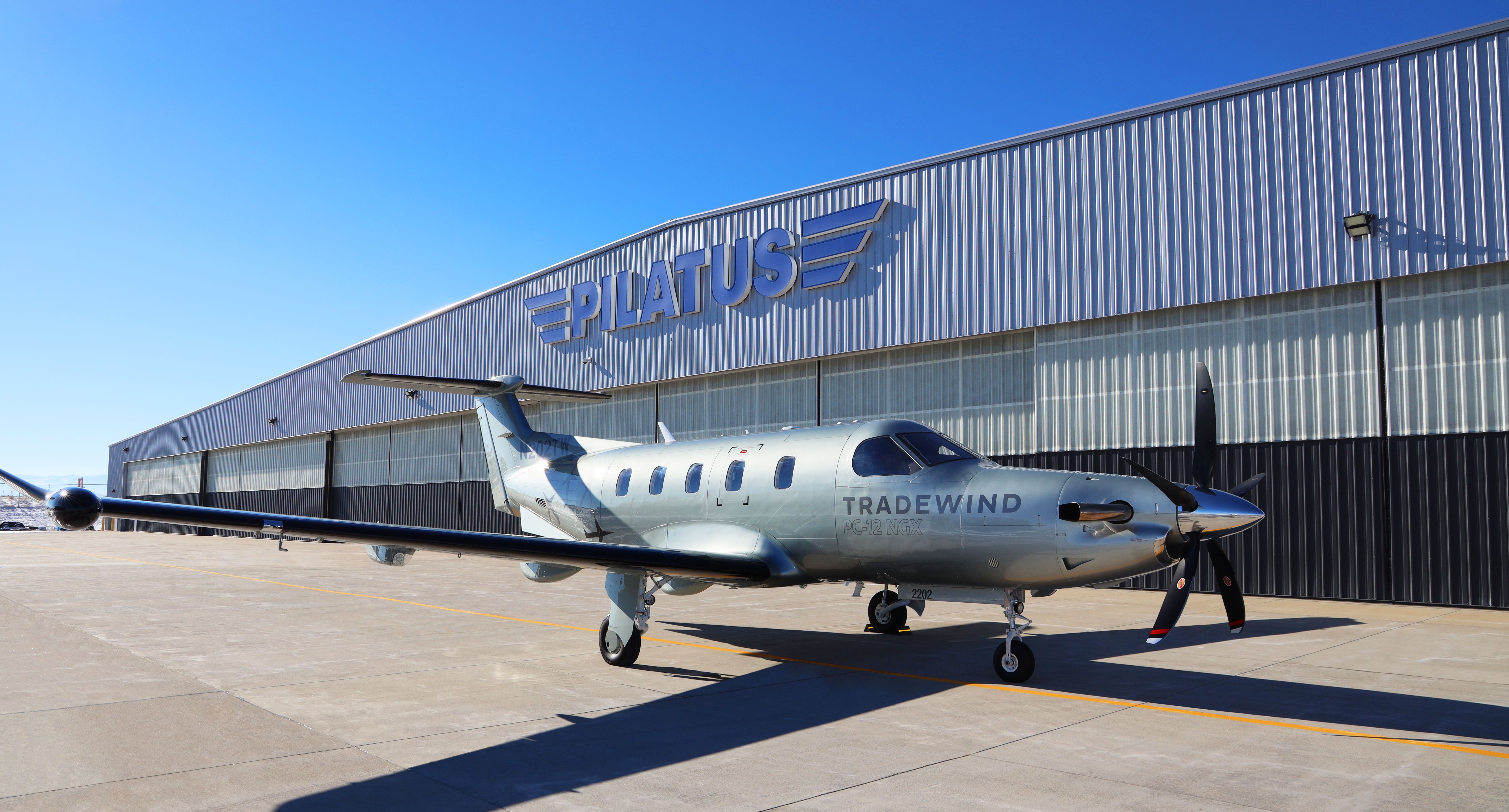 The unique Tradewind Aviation fleet
The unique Tradewind Aviation fleet
As previously mentioned, the Zipkin brothers first purchased a Cessna Caravan as their first vehicle. However, shortly into its growth, the company found another impressive turboprop. Soon, the company began purchasing the legendary Pilatus PC-12 to dominate its fleet. The PC-12 added a pressurized cabin and higher speed, which significantly improved the service it offers to its customers. Overall, the Pilatus PC-12 has the following performance specifications:
|
Length |
47 feet three inches |
|---|---|
|
Height |
14 feet |
|
Wingspan |
53 feet five inches |
|
Maximum takeoff weight (MTOW) |
10,450 pounds |
|
Cruise speed |
285 knots (328 miles per hour) |
|
Range |
1,845 nautical miles (2,123 miles) |
|
Service ceiling |
30,000 feet |
Beyond the PC-12, Tradewind Aviation also operates a small fleet of Cessna Citation CJ3s. This light business jet can fit a maximum of six passengers in its stretched cabin. The aircraft can also fly at higher top speeds, cruising at about 416 knots (480 miles per hour). The Citation CJ3 reaches a range of 2,040 nautical miles (2,348 miles), which is one of the best in the light business jet category. This allows a wider range of routes that Tradewind Aviation can offer in terms of charter flights.

